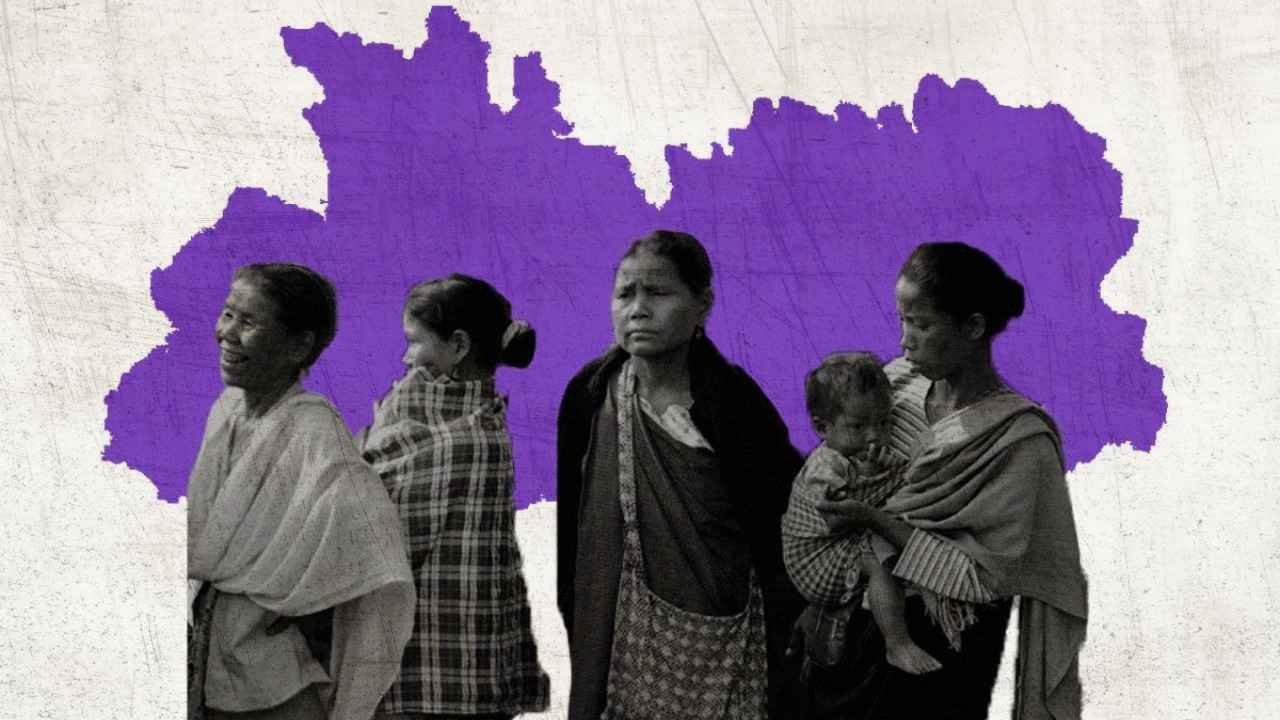Historical Overview

Last Remaining Matriarchal Society of India
Shillong, the capital of Meghalaya in Northeast India, known for its beautiful hills and unique culture. Beyond its natural beauty, another standout feature of Shillong is its matriarchal society. Matriarchal societies are those in which women hold power and make important decisions for their families. The Khasi tribe, is a community who follows Matriarchal societies where family lineage and inheritance passed down through womens. In Khasi society, women hold significant power within the family and the community. Property and family names pass down through the youngest daughter, called “ka khadduh.” This unique practice not only empowers women but also ensures that wealth and resources stay within the maternal lineage. fostering stability and continuity across generations.
The Khasis have managed to preserve their cultural identity and traditions. Matriliny remains a central pillar of their social structure, shaping how families organized. The Khasi people have thrived in a region marked by various invasions and influences. From the British colonial period to the contemporary Indian state. This system highlights the importance of community ties and cooperation. India’s last remaining matriarchal society is none other than the Khasi tribe.
What is Matriliny?

Matrilineal societies, like those in Shillong, differ significantly from patriarchal societies in different ways, and social roles, including family structure, and inheritance. In Shillong, when men marry, they usually move into their wife’s home instead of the wife coming to the husband’s house like in other societies. This arrangement enhances the woman’s status in the family and the community as well.
Khasi women are the decision-makers, both at home and in the community. They nurture children, maintain social relationships, and manage family resources & heritage. Woman’s involvement not only strengthens family bonds but also contributes to the overall health of the community, creating a supportive environment where women’s contributions are valued and recognized.
Last Remaining Matriarchal Society: The Khasi Tribe
Traditions and Festivals
Festivals in Shillong, such as “Shad Suk Mynsiem,” celebrate fertility, agriculture, and the vital role of women in society. This spring festival sees women dressing in traditional khasi attire and participating in dances that symbolize their deep connection to the earth and their community.
Another important cultural event is the “Nongkrem Dance,” which honors the goddess Ka Blei Synshar. This dance underscores the significance of women in Khasi spirituality and reflects their essential role in the community’s religious practices. Together, these traditions highlight how women are central to preserving and promoting Khasi culture, showcasing their strength and influence in both social and spiritual realms.
Education and Empowerment
The matriarchal society of Shillong has made strides in education and empowerment for women. The literacy rate among Khasi women is notably high compared to their counterparts in other parts of India. Educational institutions in the region prioritize women’s education, understanding its importance in fostering economic independence and society progress.
Women in Shillong are increasingly taking on leadership roles in various sectors, from politics to entrepreneurship. This shift is not only empowering individual women but also transforming the societal landscape, showcasing the potential of a matriarchal society to thrive in modern times.
Challenges Faced
Despite its progressive stance on gender roles, the Khasi matriarchal society is not without challenges. Globalization and urbanization have begun to influence traditional practices, leading to a gradual shift in some attitudes toward gender roles. Young Khasis, influenced by broader societal norms, may sometimes prioritize career aspirations over traditional familial responsibilities.
Additionally, issues such as economic disparity and access to resources can pose challenges to women’s empowerment. While the society prides itself on matriliny, there are still areas where women face discrimination, particularly in terms of access to political representation and decision-making positions.
The Future of Matriarchy in Shillong
The future of Shillong’s matriarchal society is intertwined with ongoing efforts to preserve its unique cultural heritage while adapting to modern challenges. Education and awareness will play a pivotal role in maintaining the balance between tradition and progress. As young women continue to pursue higher education and professional opportunities, they must also be encouraged to engage with their cultural roots and advocate for the rights of women within their communities.
Moreover, the rise of digital platforms presents an opportunity for Khasi women to share their stories and challenges, fostering a sense of solidarity and empowerment among women across the country. This interconnectedness can help challenge patriarchal norms not only within Meghalaya but also in the broader context of Indian society.
Pingback: How Meghalaya’s Economy Runs? - Internal Secret Revealed
Pingback: Local Handicrafts of Shillong, Meghalaya